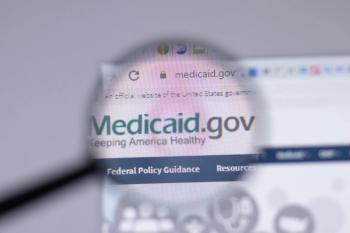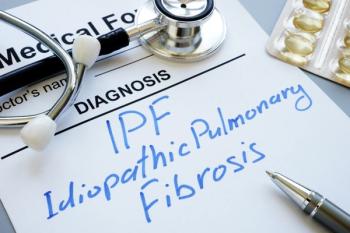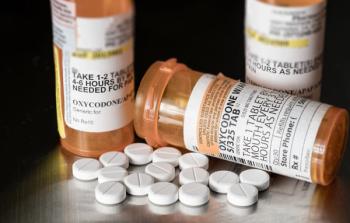
Niraparib combined with standard therapy significantly improves progression-free survival in men with HRR-deficient metastatic castration-sensitive prostate cancer.

Niraparib combined with standard therapy significantly improves progression-free survival in men with HRR-deficient metastatic castration-sensitive prostate cancer.

Researchers explore continuous glucose monitors (CGMs) for early detection of insulin issues, aiming to prevent diabetes progression and improve screening methods.

Medicaid expansion enhances 5-year cancer survival rates in rural and high-poverty areas, highlighting the importance of financial support for better health outcomes.

Frail patients with multiple myeloma (MM) can safely reduce dexamethasone use, enhancing treatment outcomes without increasing infection risks.

Cagrilintide shows significant weight loss in adults with obesity, marking a breakthrough in obesity treatment with promising phase 3 trial results.

The FDA approves nerandomilast, the first new treatment for idiopathic pulmonary fibrosis in over a decade, offering renewed hope for patients.


BMS-986446 shows promise as a fast-tracked therapy for early Alzheimer disease, targeting tau protein to alter disease progression.

Student pharmacists should use practical tips to responsibly use artificial intelligence tools for studying, clinical simulations, exam preparation, and time management while ensuring ethical and effective usage.

Matthew D. Clark, PharmD, highlights a pharmacist-led program that improved opioid safety in cancer care despite regulatory exemptions.

MD Anderson's opioid stewardship program enhances patient safety and care by monitoring opioid use, addressing discrepancies, and fostering multidisciplinary collaboration in cancer treatment.

Recent findings reveal that stereotactic radiation therapy (SABR) offers long-term survival outcomes comparable to surgery in patients with early non–small cell lung cancer (NSCLC).

Gene therapy offers transformative potential in treating diseases like sickle cell and leukemia, highlighting pharmacists' crucial roles.

New research links oral bacteria and fungi to pancreatic cancer risk, suggesting oral microbiota as potential noninvasive biomarkers for early detection.

Gene therapy revolutionizes treatment in oncology, highlighting pharmacists' vital roles in patient care and long-term monitoring.

A real-world study at MSK reveals promising efficacy and safety of second-generation BTK inhibitors in mantle cell lymphoma treatment, influencing future guidelines.

Cevostamab shows promise as a post-CAR T therapy for relapsed/refractory multiple myeloma, enhancing MRD-negative responses and improving patient outcomes.

Alice Wang, PharmD, BCOP, discusses the rapid infusion of isatuximab for multiple myeloma, highlighting its benefits, safety, and improved patient convenience in treatment.

Pharmacists lead the charge in integrating pharmacogenetics into patient care, overcoming education barriers and enhancing treatment outcomes through expert guidance.

Recent FDA approval of nirsevimab and clesrovimab have transformed RSV prevention in infants, prompting new recommendations from the CDC and AAP and replacing the long-standing role of palivizumab.

Adam Kahleifeh, PharmD, BCOP, discusses the impact of IDH mutations in low-grade gliomas.

Mary Nauffal, PharmD, MS, BCOP, discusses innovative use of isatuximab for red cell aplasia post stem cell transplant, highlighting its potential in clinical trials.

Etentamig shows promise in managing infections for relapsed/refractory multiple myeloma.

Anitocabtagene autoleucel shows impressive efficacy and safety in treating relapsed/refractory multiple myeloma, achieving a 97% overall response rate.

Xavier Leleu, MD, PhD, shares how OBI technology reduces preparation time and manual pushes for pharmacists.

Paltusotine, the first oral treatment for acromegaly, offers hope for improved patient care and management.

Expert shares the evolving role of pharmacy in patient care, emphasizing treatment accessibility and monitoring.

The authors wrote that patients with CKD who are younger than 60 years may be at a greater risk of depression.

New IMWG/IMS guidelines enhance risk assessment for multiple myeloma, revealing daratumumab's impact on patient outcomes in real-world settings.

Pharmacists learn to recognize and combat burnout through self-awareness, open dialogue, and supportive workplace strategies for lasting well-being.